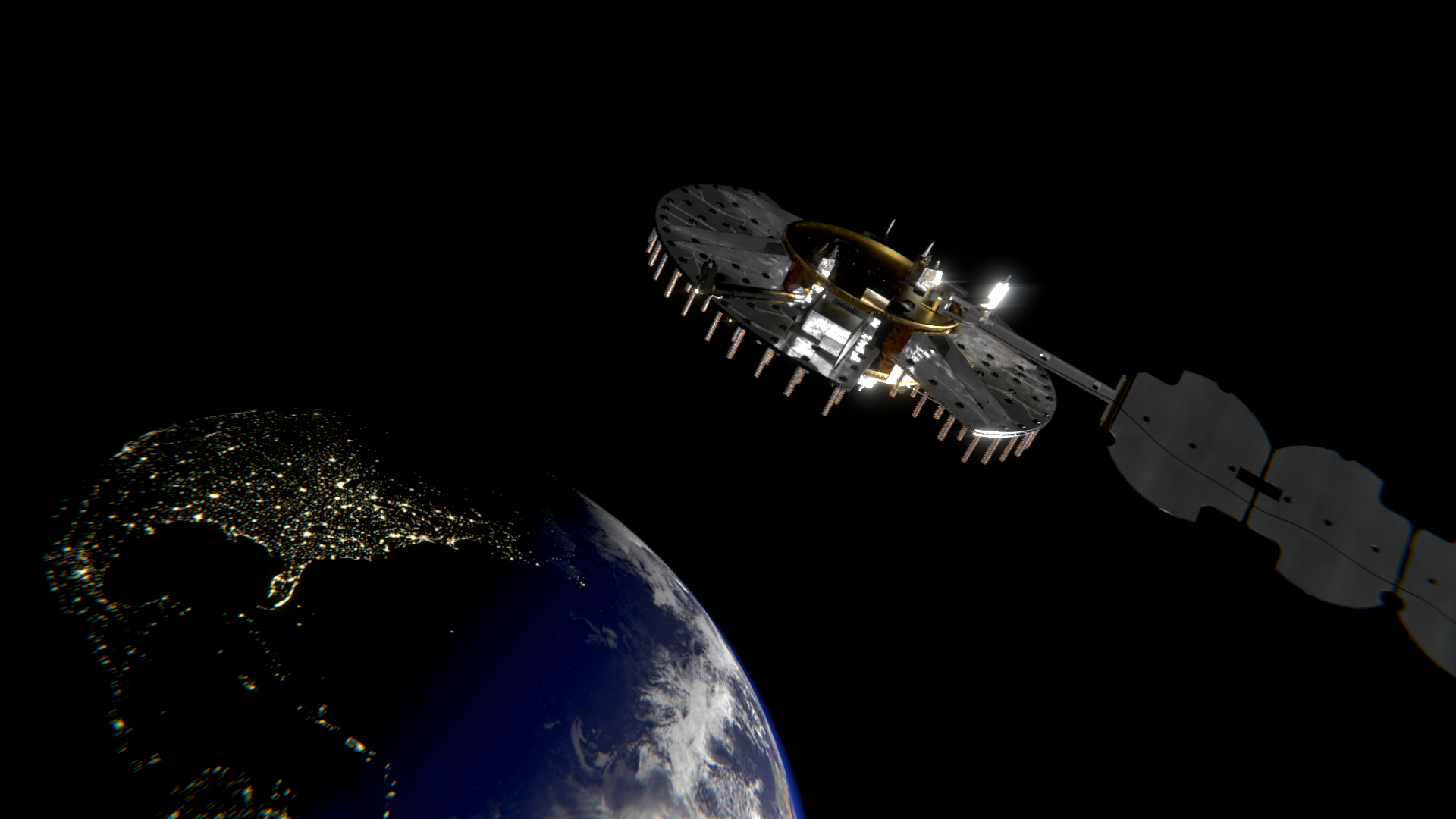
Frank Roffel a judoka from Orange County, California recently submitted this essay to me which I wanted to share this week in my blog.
As a judo practitioner, I remember watching a compelling Gary Goltz judo video where he astutely quoted the musician Neil Young; It’s all one song! Of course the analogy can be applied to judo: namely , the understated, fundamental throwing technique of uki otoshi, the floating drop throw.
Like most judoka past and present, I derided uki otoshi as an ineffective technique, existing only in the realm of form, or kata. I had even heard high ranking sensei impetuously proclaim, “It doesn’t work!”
However, it wasn’t until I grasped a more lucid understanding of the technique that I recognized it is a primary throwing form for sumo when witnessing its prolific implementation in its various manifestations, resulting in numerous Grand Champion Sumo match victories. I then realized that uki otoshi does indeed work!
This was even affirmed in our dojo on one occasion when a fellow elderly partner and I began a sumo match on a whim. Both of us were being careful to abide by no gi sumo rules except for the belt, and, after a novice, geriatric tachiai (initial charging impact from a four-point stance).
I used his subsequent forward momentum, stepping aside while underhooking his shoulder and pressing down the back of his neck to where he consequently rolled into a beautiful ukemi. So my first sumo match was instinctively won with a variation of uki otoshi that I had seen in sumo tournaments on many occasions.
Further analysis found a common factor aligned with the technique’s spectrum of hand-initiated kuzushi: From kuzushi (off balancing), through tsukuri (entering), and kake (follow through), tori’s (thrower’s) feet are always relatively parallel with the direction of the throw, in contrast to stepping in or across perpendicularly, like tai otoshi. for instance.
Another epiphany of sorts followed. I recalled that, unawares, I had thrown judoka in randori with uki otoshi on more than a few occasions in the past. This is where many high ranking judokas differ: those who don’t recognize uki otoshi, and those who astutely do. Years ago, a young, suave black belt from across the pond emigrated and joined our dojo.
He was a talented judoka and quite affable, but a sore loser. I was a brown belt then, and we often tangled in randori where I would, on occasion, fall victim to his uchi mata. Then one day he let his guard down.
While we moved sideways, he attempted and missed his uchi mata to which I immediately exploited his extended, unbalanced position by snapping my grip that surged up from my feet and hips instinctively to execute uki otoshi, again unawares of what technique I performed. He dynamically flipped—ippon!
He angrily got up declaring repeatedly, “He didn’t do anything!”
The sensei witnessing the throw and I were stoically muted. It was years later in recollection that I realized I performed a well-executed uki otoshi—Uki otoshi works! This realization was exponential when also recalling the times that my tai otoshi mysteriously worked without stepping across, and other throws were similarly performed without “stepping in” during randori’s fluid movement and momentum.
Uki otoshi’s validity as an effective throw came into vivid clarity upon attending a Gardena Judo Dojo clinic, featuring the outstanding aikido and judo master Tadayuki Sato. The clinic’s theme was, aptly, the hybridization of judo and aikido. Most notably was the copious and emphatic implementation of uki otoshi and sumi otoshi in both its judo and aikido applications and coalescence.
Ironically, other than kata, most judo clubs regarded uki otoshi and sumi otoshi like nefarious, ostracized relatives, often berated and rarely mentioned. However, to everyone’s surprise, Sato performed them with astonishing, dynamic efficacy.
It’s a shame that uki otoshi was often given so little recognition for so long. But now, hopefully, it will be given the appreciation it deserves. However, for those who remain disdainful toward uki otoshi, I’m disappointed that the sumo slap was not adopted by either aikido or judo.
Editorial: What are the Takeaways American Judo Can Learn from the Success of BJJ, Muay Tai, and MMA?
Recently my son Nathan (photos above) was discussing the main differences between BJJ, Muay Tai, and MMA’s approach to teaching and spreading their platforms vs. judo and traditional martial arts.
These six points seem to be among the common denominators on their success formula.
1. BJJ is easier on the body; like yoga and it extremely learnable; has a good system of progression that garners immediate and continued interest
2. BJJ from the beginning has been in a less traditional more gym like atmosphere. This reason alone has allowed them to dominate among adults who are looking for a workout utilizing self-defense while going without the traditional disciplines that sometimes push them away. Traditions serve a place but they are hard on business; only mainly attracting children and adults with karate kid fantasies.
3. Open mat and freedom is offered by BJJ; it is what a dojo is meant to be; a true practice space and whole structured classes exist and are utilized; the atmosphere is much more open and inviting than a traditional judo mat. Most have a terrific sound system installed used to pump out music to work out by during their training sessions.
4. They offer more stylish gis (uniforms) with attractive designs, slimer more attractive and expressive fits.
5. BJJ combined with MMA has open mindedness . The traditionalist tends to have a closed mind and it’s a shame. The practicing BJJ student knew from the beginning that vale tudo ( explain what it is) was essential to being a well-rounded fighter and implemented boxing and kickboxing into their dojos. In fact BJJ was seen as a tool for good vale tudo.
A perfect example is the world famous Chute Boxe Academy gym in Curitiba Brazil. The end result has become the multitude of MMA gyms we see today.
6. BJJ is business oriented charging high prices in a professional atmosphere as opposed to community centers, YMCAs, park and rec departments. This business like atmosphere makes the customers / students perceived their getting a higher value for their time and money spent.
Updates:
Story 1 Manon a Judoka Joins Street Fighter 6 Story 2 Manon a Judoka Joins Street Fighter 6
2023 Judo Calendar
January – 2023
28th Saturday – Veterans Judo Open, Plano, TX
February – 2023
5th Sunday – New Year’s Annual Kohaku Shiai, San Fernando, CA
25th Saturday – Las Vegas Judo Championships, Henderson, NV
March – 2023
12th Sunday – Taishi’s 13th Anniversary Tournament, Westminster, CA
18th Saturday & 19th Sunday – Youth National Championships, Lubbock, TX
25th Saturday – Shoshinkan’s Annual Kosen Tournament, Las Vegas, NV
26th Sunday – Shoshinkan’s Shintaro Higashi Clinic, Las Vegas, NV
April – 2023
15th Saturday – Couchigian Memorial Tournament, Las Vegas, NV
May – 2023
20th Saturday & 21st Sunday – Senior National Championships, Spokane, WA
June – 2023
16th Friday to 18th Sunday – USA Judo Junior Olympics, Shreveport, LA
24th Saturday – Sensei Gary’s Birthday Scrimmage, Claremont, CA
July – 2023
7th Friday to 9th Sunday – USJF Summer Nationals, New York, NY
October – 2023
1st Sunday – Capitol Open Judo Championships, Sacramento, CA
22nd Sunday – Fresno Invitational Tournament, Fresno, CA
November – 2023
5th Sunday to 8th Wednesday – IJF World Veterans Championships, Abu Dhabi, UAE
19th Sunday – National Presidents Cup Championships, Irving, TX
December – 2023
1st Friday to 3rd Sunday – Grassroots Judo Winter Nationals & Clinics, Azusa, CA
Goltz Judo’s Last Class of 2022. Wishing everyone my very best in the New Year!
I’m always looking for new subjects to write about regarding judo as well as contributions from my readers. Please send them to gary@garygoltz.com, thanks.
Judo blog, Judoka, Judo
Black Belt Magazine
[crypto-donation-box]





